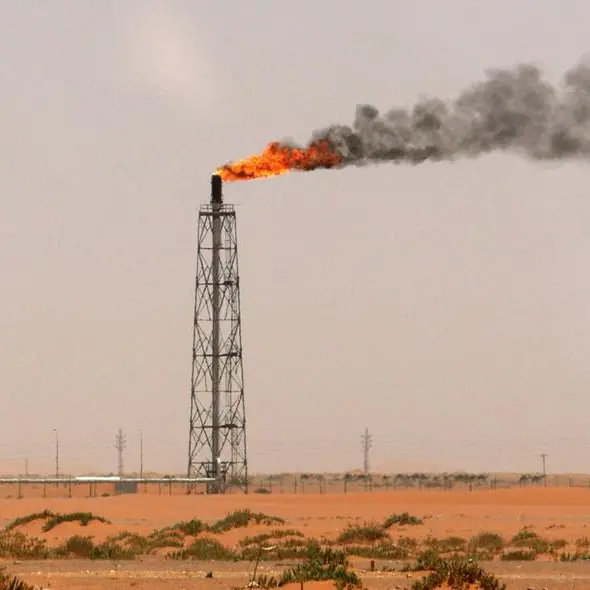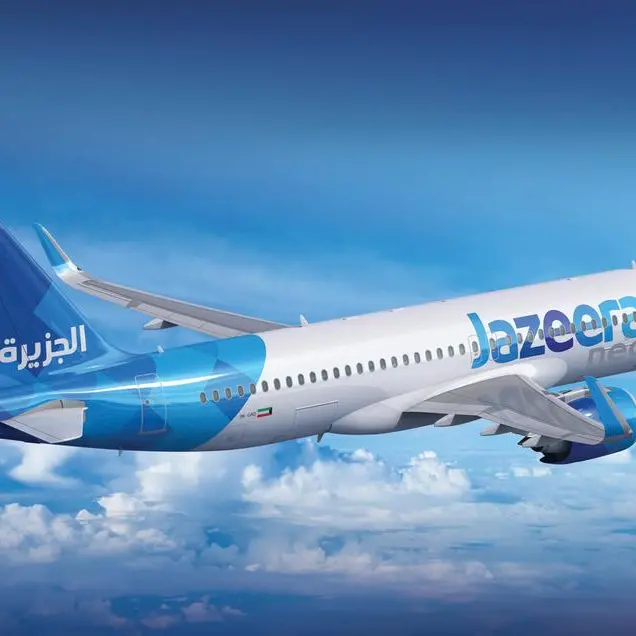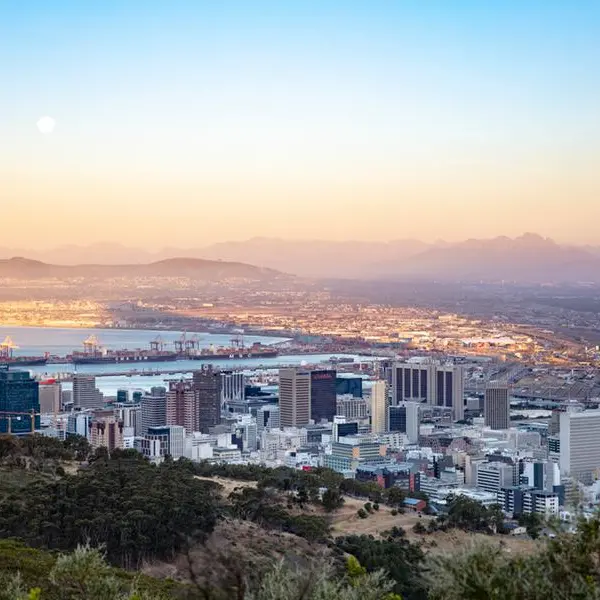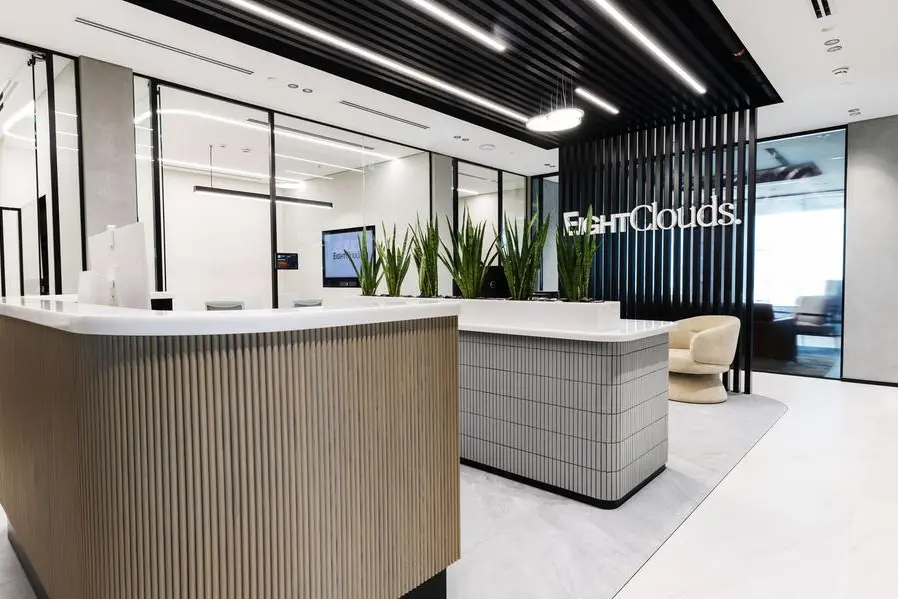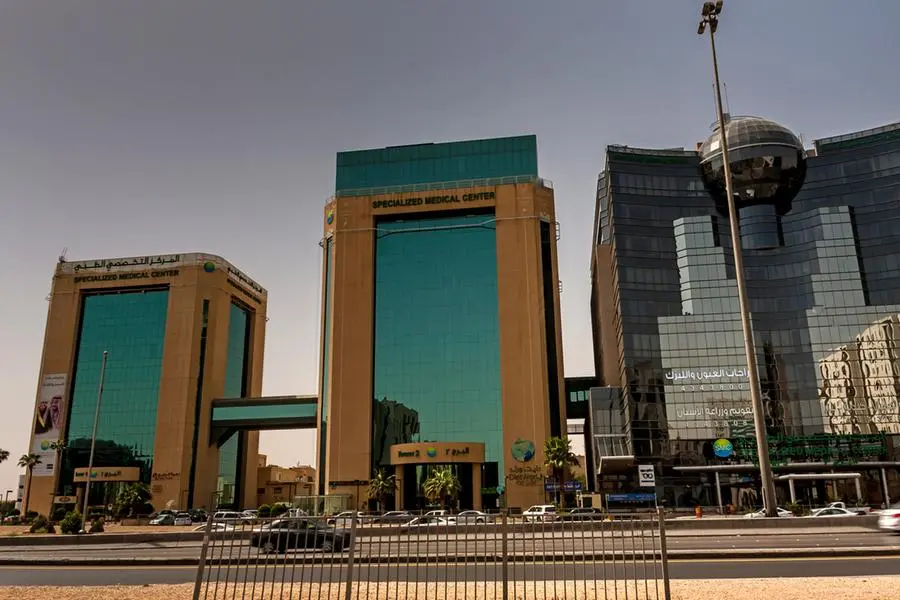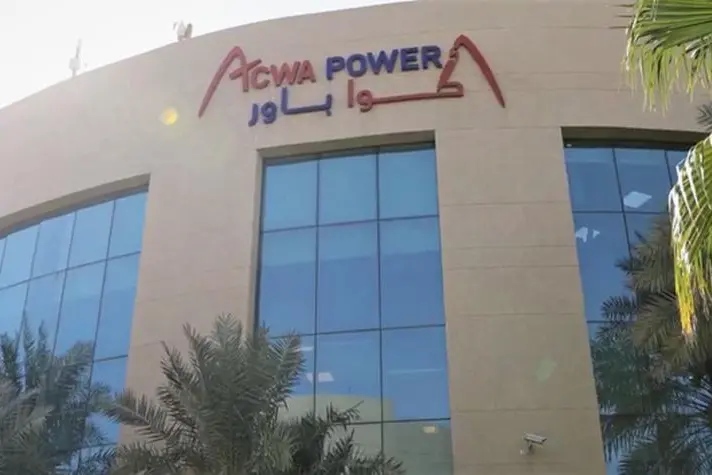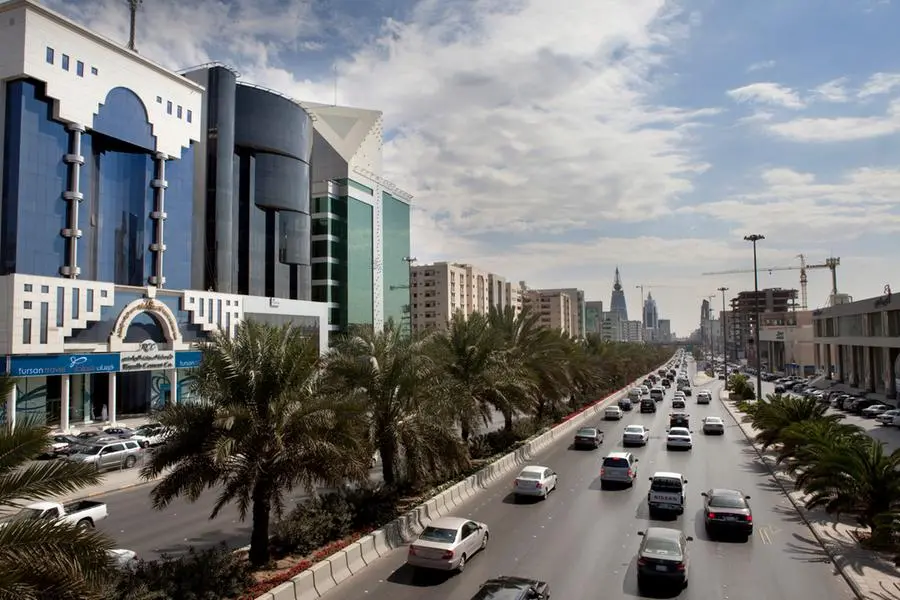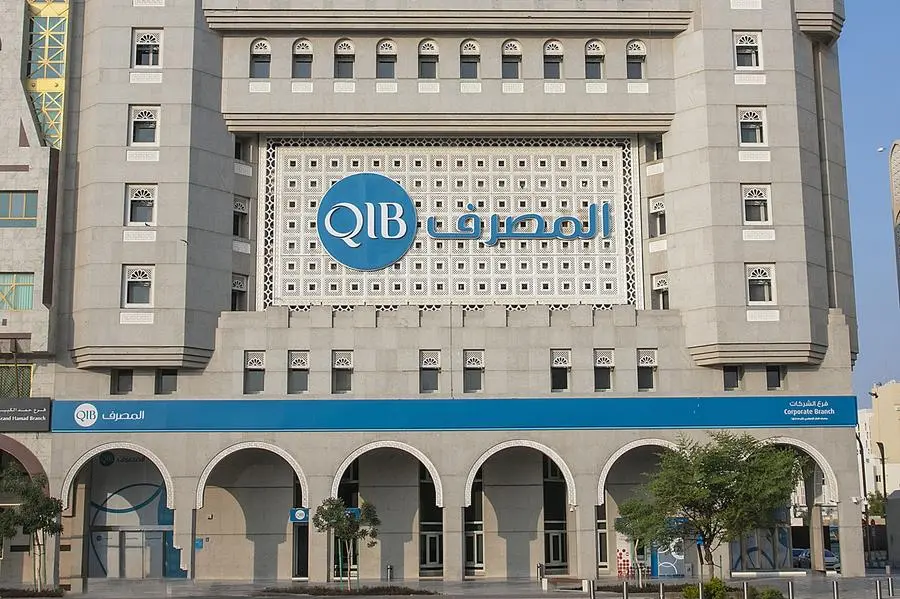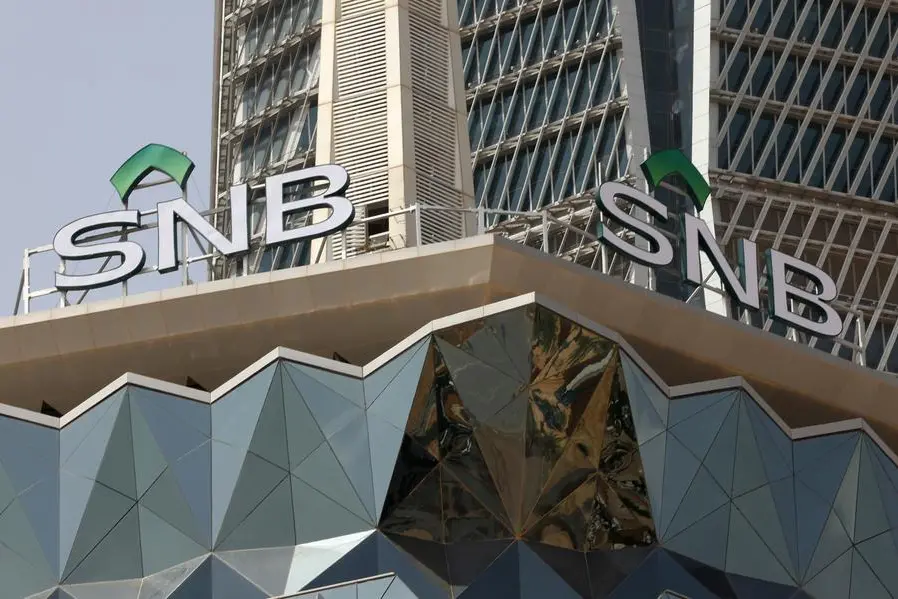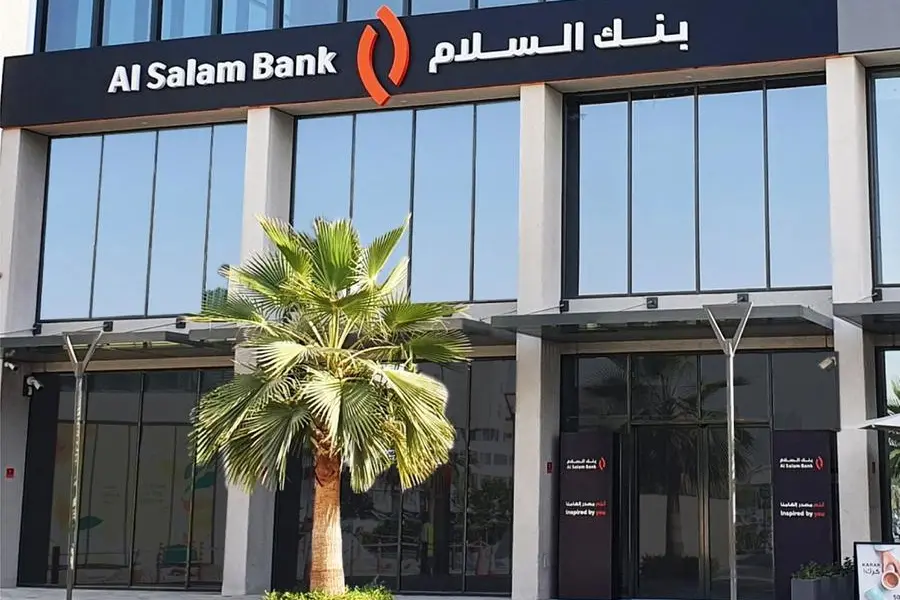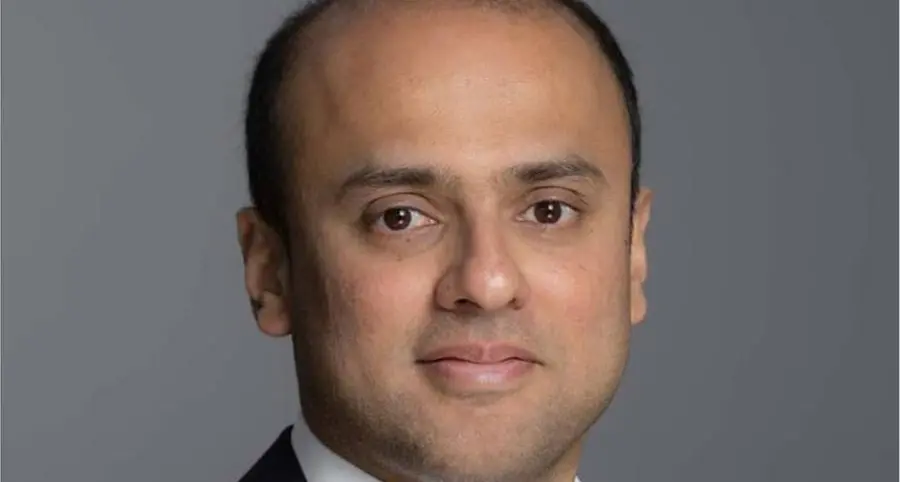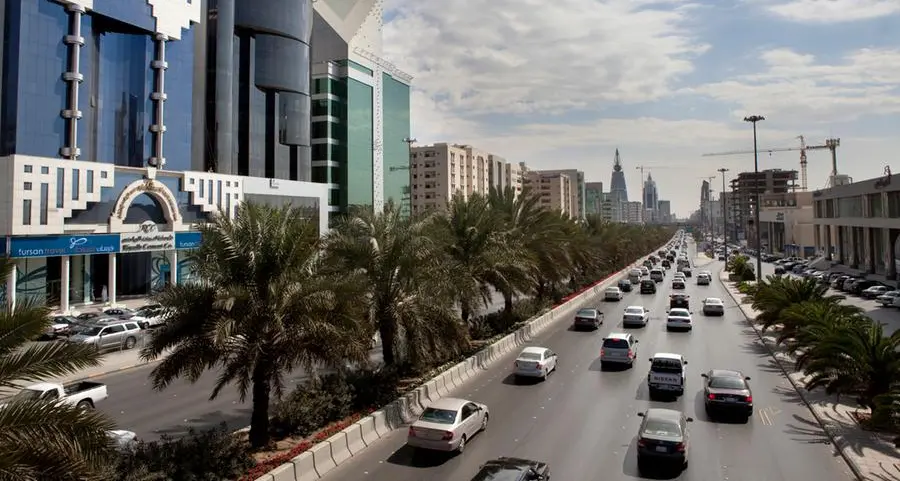Oman LNG Spot Sales Rise Reflects Market Change, Says Rajab
The Vice President of Marketing and Shipping for Oman LNG (OLNG), ΄Adnan Rajab, said on 9 April that most of the company’s 600 deliveries since production started in April 2002 had been sold through spot transactions, arbitrage and cargo diversions designed to meet customer demand. Addressing an oil and gas conference in Muscat, Mr Rajab said that since 2000 the global LNG market had turned from a buyer’s to a seller’s one and that OLNG had supplied more than 20 buyers. These included not only the company’s three major long-term buyers – Kogas, Osaka Gas and Dabhol Power – but also Asean LNG, BG, BP, Coral Energy, CPC, GdF, Iberdrola, Gas Natural, Kansai Electric, Tepco, Tohoku Electric, Tokyo Gas, Total, Tractebel, and Union Fenosa Gas. At the end of March 2006, Mr Rajab said, OLNG had delivered more than 600 cargoes, of which only 180 had been sold under short- and medium-term contracts.
Mr Rajab said the company’s history reflected an increasingly sophisticated marketing strategy that was “ahead of its time” within the changing dynamics of the LNG market. OLNG had gone from meeting commitments of long-term buyers to focusing on short- and medium-term opportunities. This strategy was adopted following the collapse of a supply deal with Dabhol Power of India, which left the company with substantial uncommitted capacity (MEES, 10 December 2001). Debottlenecking the plant also gave the company more LNG to sell. OLNG is now exploring opportunities for cooperation with other LNG producers, particularly in the area of cargo swapping, back-hauling and supply assistance, Mr Rajab said, adding that OLNG had established cooperative links with Pertamina, Malaysia LNG and Woodside. Future marketing objectives include maximizing output from OLNG and Qalhat LNG, in which OLNG holds a 36.8% interest, and optimizing Omani shipping capacity. OLNG would also explore opportunities to bridge the markets and arbitrage the supply-demand balance by taking advantage of its geographical location. Qalhat LNG signed a cargo swap deal with Malaysia LNG last December (MEES, 26 December 2005).
Third LNG Train At Qalhat Inaugurated
Oman’s third LNG train (operated by Qalhat LNG, owned by the government 56%, OLNG 37% and Union Fenosa Gas 7%) was inaugurated on 25 March. The plant required an investment of $700mn and has a design capacity of 3.3mn tons/year. Debottlenecking will eventually increase capacity to 3.7mn t/y. The new train brings Oman’s total LNG production capacity to around 10mn t/y.


